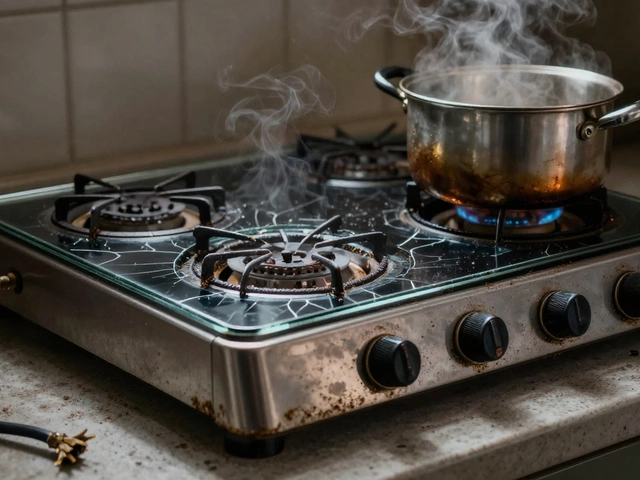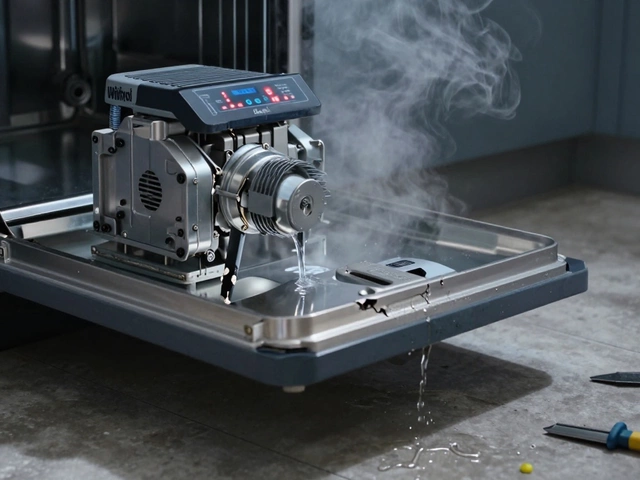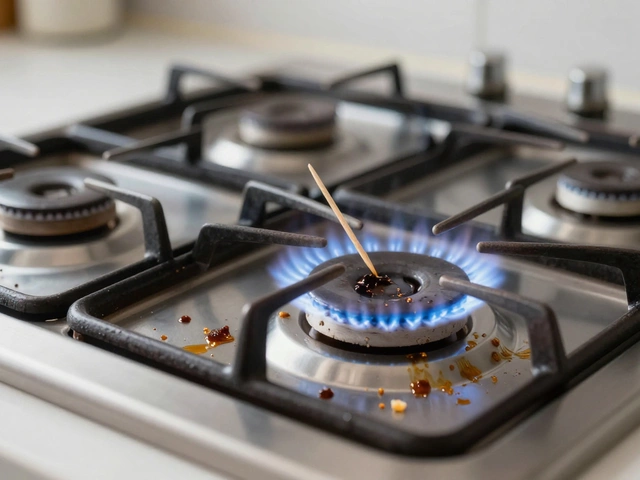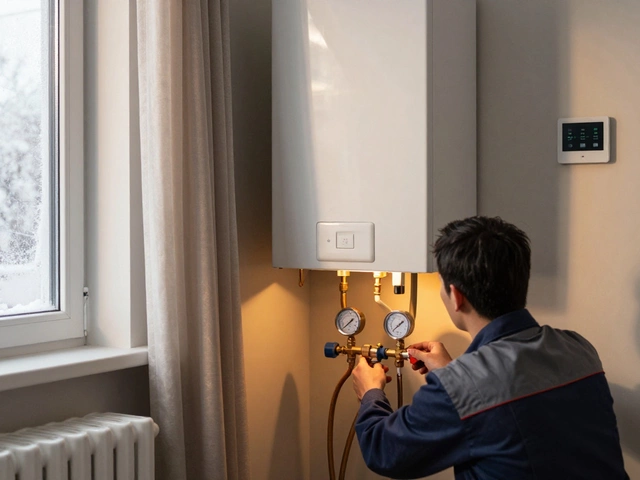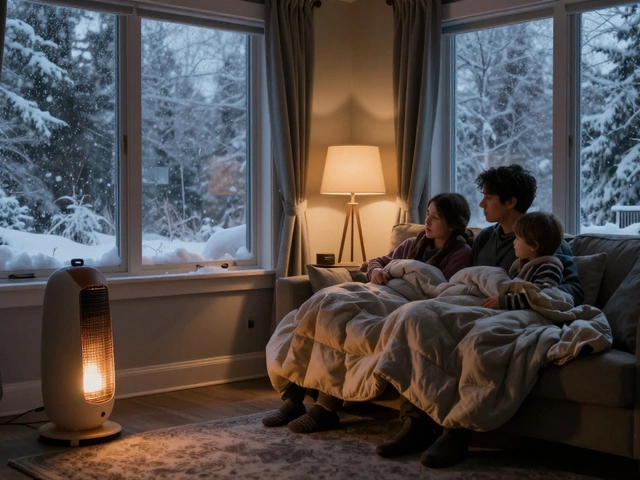Installation Guides and Tips for Home Appliances
Getting a new appliance up and running can feel like a chore, but it doesn’t have to be a nightmare. Whether you’re fitting a dishwasher, hooking up a boiler, or putting a fridge in place, the right steps save time, money, and headaches. Below you’ll find the basics that work for most jobs, plus a few pointers on when to hand the job over to a pro.
Why proper installation matters
A solid installation does more than just make the gadget work. It protects your home from leaks, electrical faults, and wasted energy. A poorly fitted boiler can lose heat, a misaligned fridge door can cause frost build‑up, and an insecure washing‑machine hose might burst. By following simple safety checks, you keep the appliance efficient and avoid costly repairs later.
Simple steps you can do yourself
1. Read the manual. It sounds obvious, but the manufacturer’s guide tells you the exact connections, clearances, and torque specs you need. Skipping it often leads to back‑and‑forth trips to the hardware store.
2. Gather the right tools. Most installations need a screwdriver set, adjustable wrench, level, and a tape measure. For plumbing jobs, a pipe‑wrench and Teflon tape are handy. Having everything ready means you won’t pause midway.
3. Shut off power and water. Before you touch any wiring or pipes, turn off the circuit breaker and close the relevant water valves. A quick test with a voltage tester or a dripping tap check confirms you’re safe to work.
4. Position with care. Use a level to make sure the appliance sits flat. A tilted dishwasher can lead to leaking, while a slanted dryer won’t dry evenly. Adjust the feet or use shims until the unit is perfectly level.
5. Connect the services. Follow the manual’s diagram: attach water supply lines with a snug but not overtightened fitting, secure the drain hose, and plug in the power cord. For gas‑powered boilers, a qualified plumber should handle the gas line—never attempt this yourself unless you’re certified.
6. Test before you finish. Run a short cycle on a washing machine, a quick rinse on a dishwasher, or a short heat test on a boiler. Listen for unusual noises, watch for leaks, and verify that all controls respond correctly.
These steps cover most household appliances. If anything feels out of scope—like cutting into walls for a new pipe, dealing with high‑voltage wiring, or handling gas—call a licensed professional. The extra cost is worth the peace of mind and compliance with local regulations.
Finally, keep a copy of the installation checklist in a safe place. It’s a quick reference for future maintenance and can help a technician diagnose problems faster.
With the right preparation, many installations are straightforward DIY jobs. When in doubt, trust a qualified installer to keep you safe and your home running smoothly.
Can a Plumber Install an Extractor Fan? Essential Tips and Insights
- Alden Wilder
- Oct 23 2024
- 0 Comments
Plumbers are skilled professionals well-versed in handling various aspects of home improvements, including the installation of extractor fans. This article delves into the capabilities of plumbers in fitting these essential home devices, providing practical advice and insights. Whether it's for a kitchen or bathroom, understanding the role plumbers can play in enhancing ventilation systems is key. Homeowners will find useful tips on what to expect when hiring a plumber for this task and considerations to keep in mind. Explore this guide to ensure your installation is smooth and efficient.
View More
